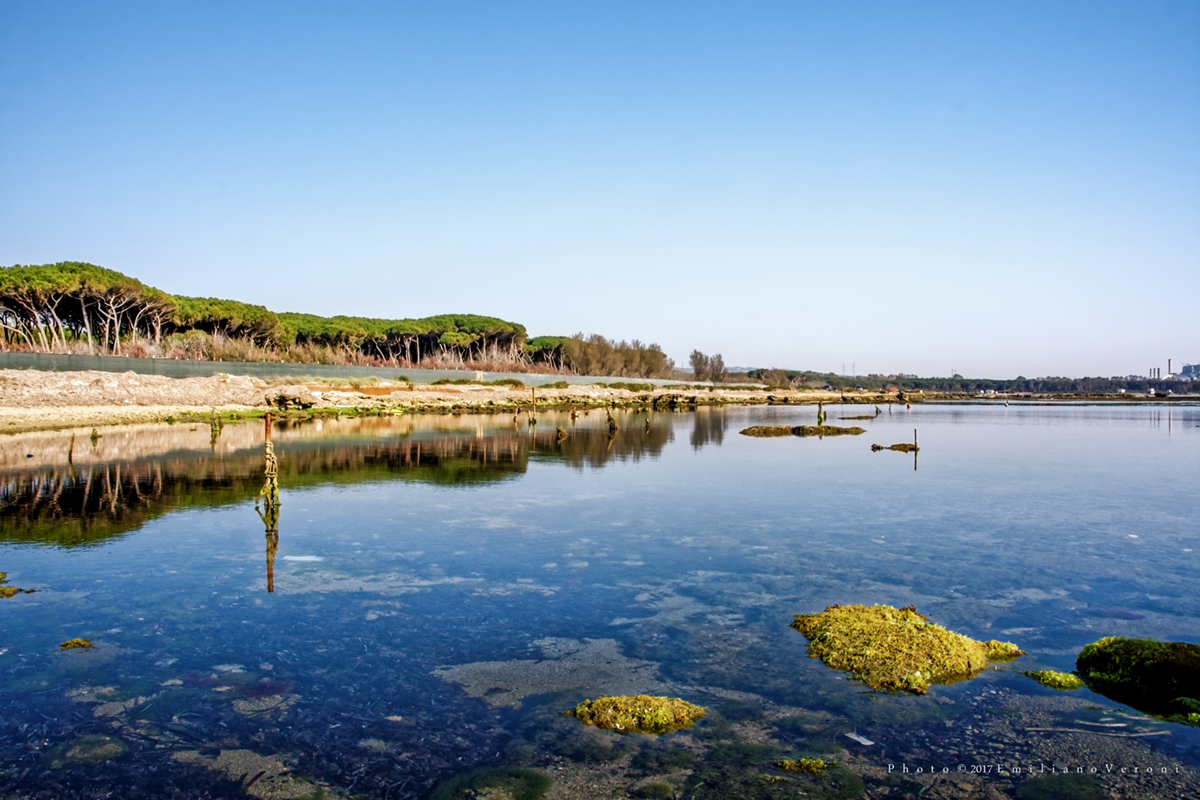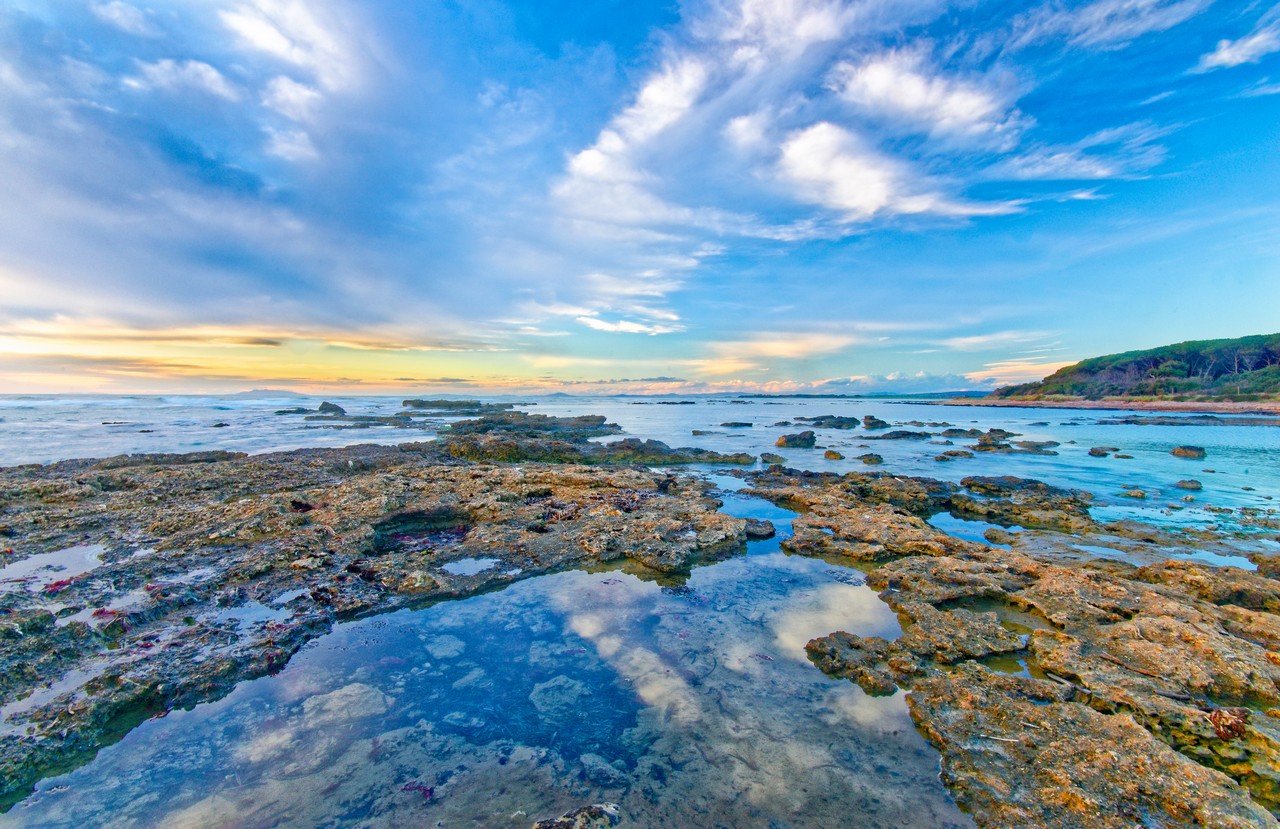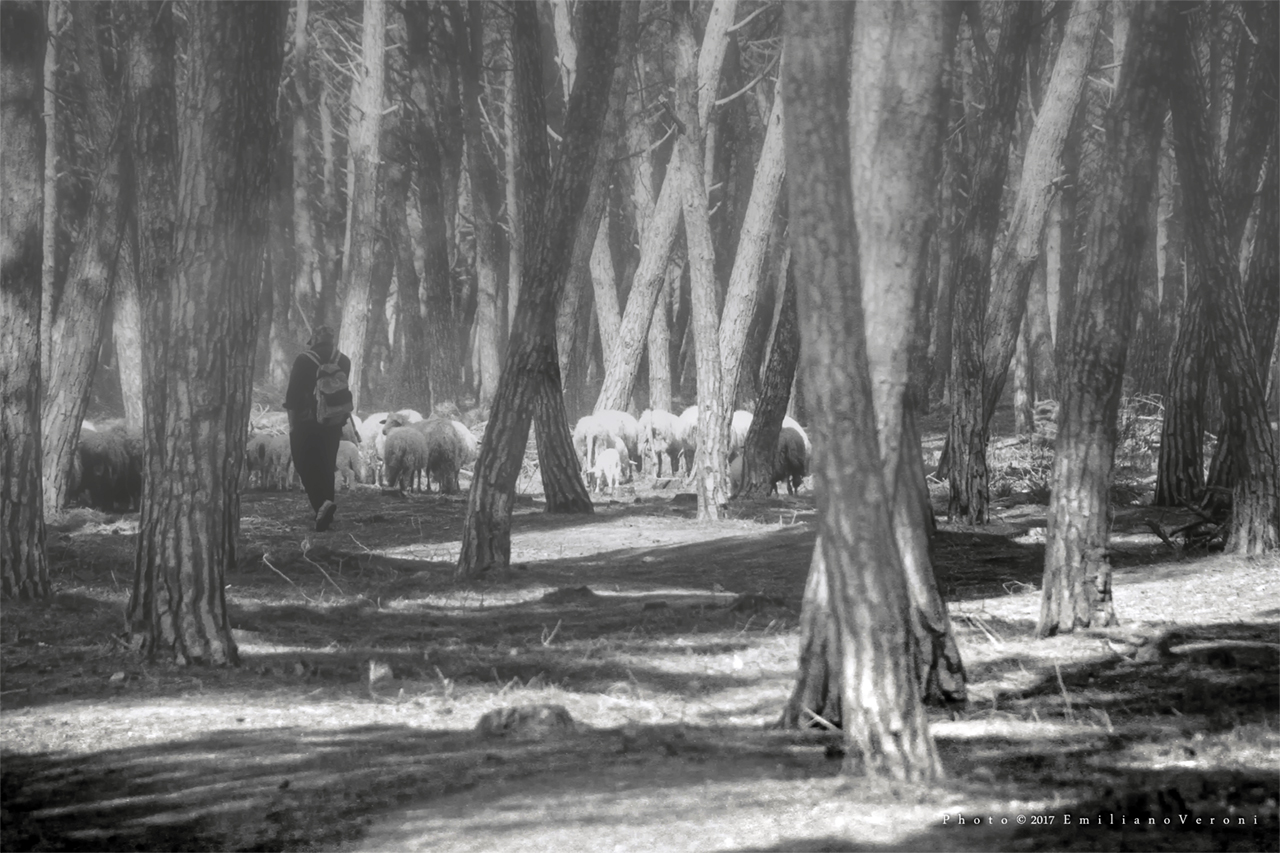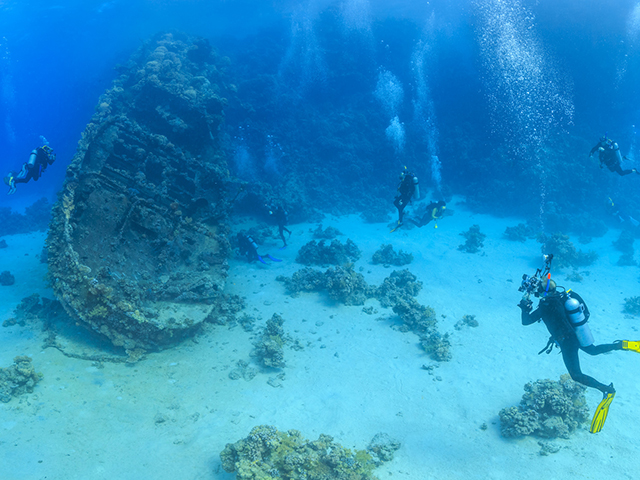Frasca: discovering the Natural Monument of Civitavecchia
Recently been named Natural Monument, the Frasca is the great green lung of Civitavecchia: fauna, flora, landscape, historic proof and other curious factsRecently named Natural Monument by the Lazio Region, the Frasca is beyond doubt the great green lung of Civitavecchia.
Located 9 kilometers away from the Port of Civitavecchia, this is one of the richest stretches of the Lazio coast from a nature point of view.
The continuous erosion of the sea has created a jagged coast made of small bays and inlets, perfect to practise snorkel due to a beautiful rocky sea bottom, natural habitat os many fish, crustacean and molluscs.

Frasca, Civitavecchia - Picture by Emiliano Veroni
The Frasca of Civitavecchia: a great natural resource
The Frasca is an area 73.77 hectares wide of a significant natural, landscape and historical-archeological interest.
Its coast is formed by rocky stretches made of scale, sculptured by the incessant intense activity of the sea. It makes up a series of inlets and bays, where abound crabs, prawns, blennies, mullets, green wrasses, scorpionfish, hermit crabs and many other animals from the cliff.
Very suggestive the ancient Roman fish ponds which arise here, in proximity to the area of the so-called Mattonara. Here you can see the walls of the tanks that emerge from the surface of the water and that still today ensure a continuous replacement of water by means of communicating channels. In these natural tubs you can appreciate a great variety of marine flora and fauna, composed of corals and especially rare molluscs like Pinna Nobilis that finds here its ideal habitat thanks to the rich presence of posidonia.

The Frasca, Civitavecchia - Picture by Raffaele Ballirano
Rare example of biodiversity, the whole area of the Frasca is characterized by a coastal forest environment that boasts the presence of well 45 different species of avifauna.
In front of the coast, in the hinterland, there's a beautiful pine forest that at summer offers a cool shelter to the warm, it is the ideal place for a nice picnic at open air.
There are also many archaeological and historical proofs, starting from the presence of the ruins of ancient harbor of Columna, a domus of Roman epoch and the elegant seventeenth-century sighting tower called Torre Valdaliga built by Pope Paul V Camillo Borghese (1610-1612) to complete the coastal defensive system started by his predecessor Pius V.

Pine forest of the Frasca, Civitavecchia - Picture by Emiliano Veroni
Curious facts
What is the origin of this singular name? Well, it is said that the name of the Frasca be riconducibile proprio all'attività della pesca.
In passato, infatti, i pescatori erano soliti posizionare ed incendiare dei rami in mezzo al mare (detti appunto frasche) per indicare, specialmente in caso di scarsa visibilità, la giusta via per raggiungere facilmente agli approdi.
With the precious contribution of the Cinematographic Association of Civitavecchia, here's a fantastic gallery of the Frasca Natural Monument.
These pictures, along with many others, have been shown in a special photography exhibition held recently in the Hall of the Theater Traiano, to conmemorate the institution of the Frasca as a Natural Monument.
Enjoy it!
Useful information
- HOW TO GET THERE
The Frasca is about 9 kilometers from the Port of Civitavecchia. You can get there by exiting from Varco Nord and following Road della Torre Valdaliga that winds along the coast until the crossroads in Via S. Melchiorri. Once there, turn left and continue until reaching your destination. On your right is the entrance to Camping Traiano.
Alternatively, you can drive along the State Road Aurelia (SS1) until La Scagliaand then turn into Via Ugo Fontanatetta; go on until the crossroads in Via S. Melchiorri then continue until reaching your destination.



 PORT MOBILITY CIVITAVECCHIA
PORT MOBILITY CIVITAVECCHIA


















